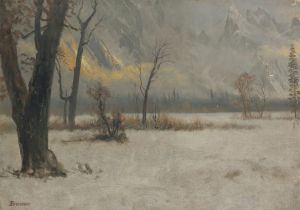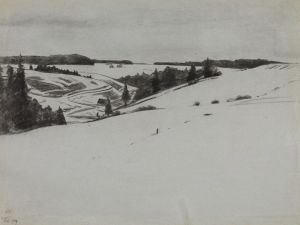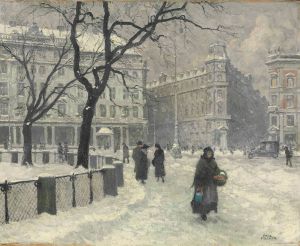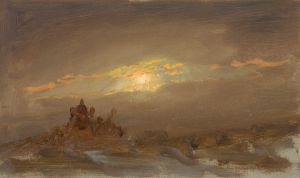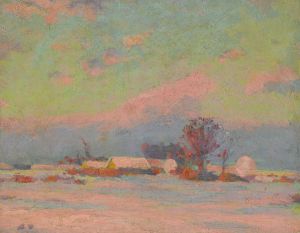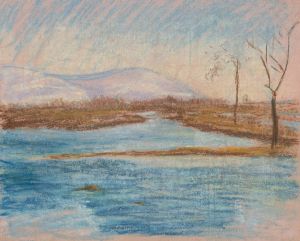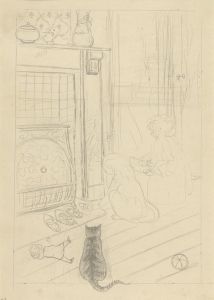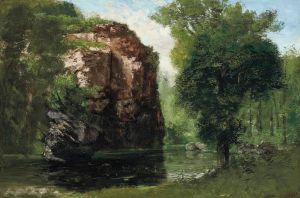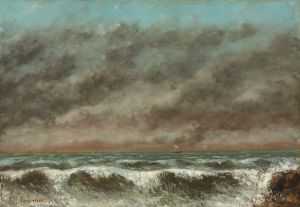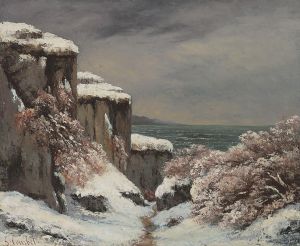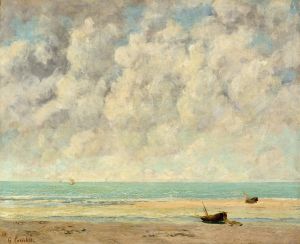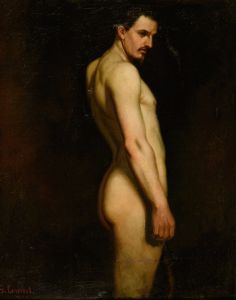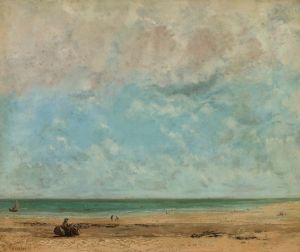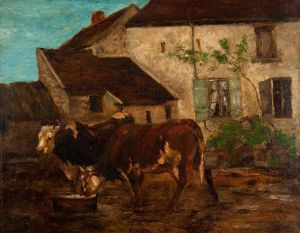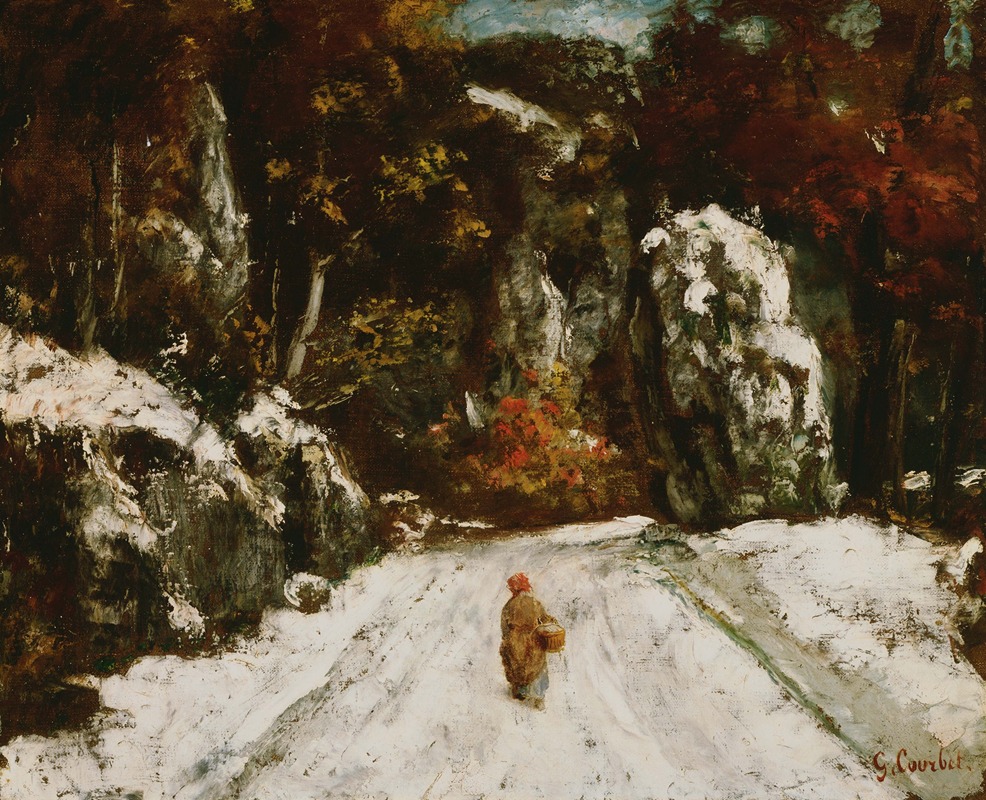
Winter in the Jura
A hand-painted replica of Gustave Courbet’s masterpiece Winter in the Jura, meticulously crafted by professional artists to capture the true essence of the original. Each piece is created with museum-quality canvas and rare mineral pigments, carefully painted by experienced artists with delicate brushstrokes and rich, layered colors to perfectly recreate the texture of the original artwork. Unlike machine-printed reproductions, this hand-painted version brings the painting to life, infused with the artist’s emotions and skill in every stroke. Whether for personal collection or home decoration, it instantly elevates the artistic atmosphere of any space.
Gustave Courbet, a prominent French painter, is renowned for his role in the Realism movement, which emerged in the mid-19th century. One of his notable works, "Winter in the Jura," exemplifies his commitment to depicting the natural world with authenticity and precision. This painting is a testament to Courbet's dedication to capturing the essence of the landscapes he cherished, particularly those of his native region.
"Winter in the Jura" is a landscape painting that reflects Courbet's deep connection to the Jura Mountains, a range that extends along the border between France and Switzerland. The Jura region, known for its rugged terrain and picturesque vistas, provided Courbet with ample inspiration throughout his career. This painting, like many of his landscapes, showcases his ability to convey the raw beauty and tranquility of nature.
Courbet's approach to painting was revolutionary for his time. He rejected the idealized representations of nature that were prevalent in academic art, opting instead for a more realistic portrayal. In "Winter in the Jura," Courbet employs a muted color palette, dominated by whites, grays, and earthy tones, to capture the serene yet stark atmosphere of a winter scene. The composition likely features snow-covered landscapes, barren trees, and perhaps a glimpse of the mountainous backdrop, all rendered with meticulous attention to detail.
The painting is characterized by Courbet's use of thick, textured brushstrokes, a technique that adds depth and dimension to the canvas. This method not only enhances the realism of the scene but also conveys the tactile qualities of the snow and the ruggedness of the terrain. Courbet's skillful manipulation of light and shadow further enhances the mood of the painting, creating a sense of stillness and introspection.
Courbet's landscapes, including "Winter in the Jura," often reflect his personal philosophy and political beliefs. As a realist, he sought to depict the world as it was, without embellishment or romanticization. This approach was in line with his broader social and political views, which emphasized the importance of truth and authenticity. By focusing on the natural world, Courbet also expressed his appreciation for the environment and his desire to preserve its unspoiled beauty.
"Winter in the Jura" is a significant work within Courbet's oeuvre, as it encapsulates his mastery of landscape painting and his commitment to realism. While specific details about the painting's provenance and current location may not be widely documented, its artistic value and historical significance remain undisputed. Courbet's influence on subsequent generations of artists is profound, as he paved the way for the development of modern art movements that continued to explore and expand upon the principles of realism.
In summary, "Winter in the Jura" by Gustave Courbet is a quintessential example of 19th-century realism, capturing the serene beauty of the Jura Mountains with authenticity and skill. Through his innovative techniques and dedication to depicting the natural world, Courbet has left an indelible mark on the art world, inspiring countless artists to embrace the truth and beauty of the world around them.





